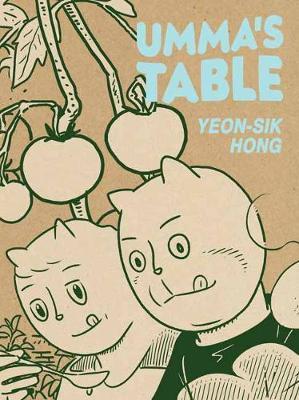Ayako by Osamu Tezuka is not only an involving story of a declining aristocratic family in post-war Japan and a suspenseful espionage story, but it can be read also as an accurate social criticism – Ayako herself can in some way symbolize both Japanese society after the war and Japanese women often reduced to a submissive role.
The minimalist cover itself is impressive – an orange cardboard with a hand-made texture and a slim figure of naked Ayako. The main character is the youngest – illegitimate – daughter of the influential Tenge family. The action begins in 1949 when Tenge’s second son, Jirō, returns to Japan after being interned by the Americans. He finds a new country – impoverished Japan under American occupation – and a new situation in the family. Everyone – mother, father, siblings – hides a secret, the greatest of which is the person of four-year-old Ayako. Jirō himself also has a secret – he is an American spy, as we learn from the first pages of the comic. These dark family and political acts will lead to the fact that Ayako will be locked in a small cell for most of her life – and when she manages to get out, as a young woman, she will discover an unknown, fascinating, but also cruel world.









